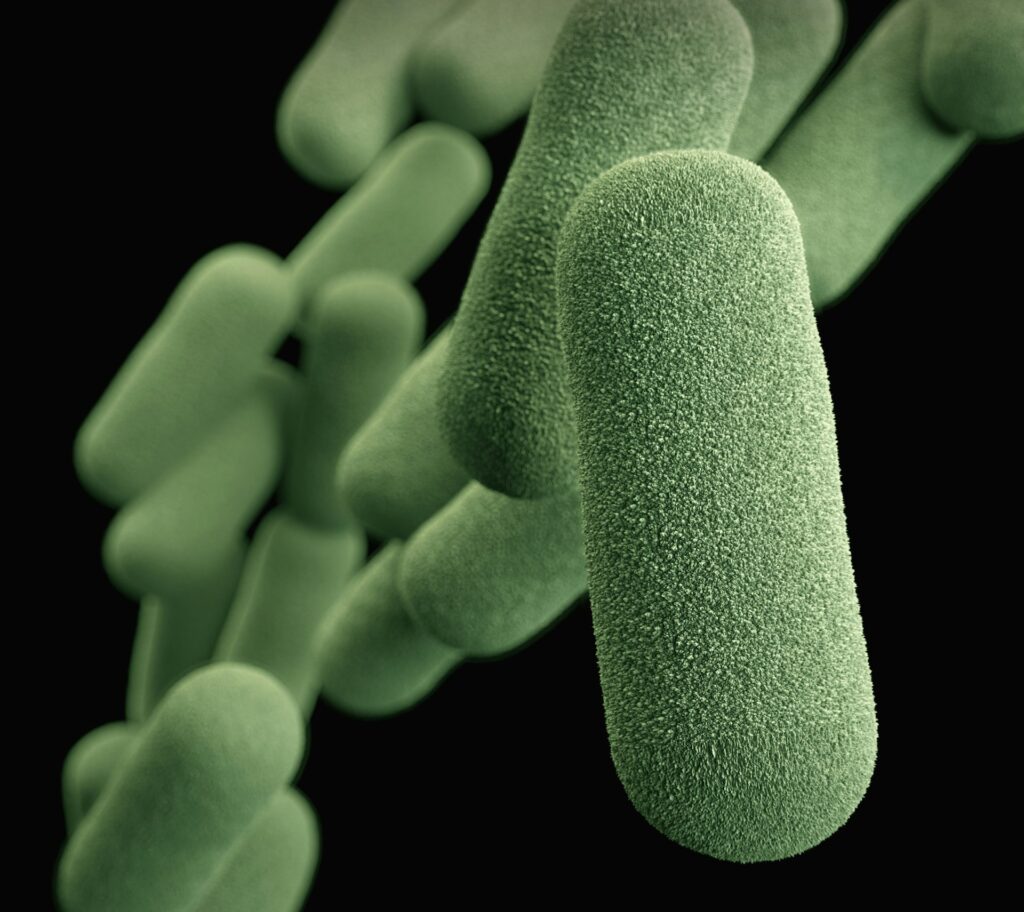
Listeria
Listeria In the past decade, a foodborne pathogen called Listeria monocytogenes has been linked to multiple foodborne disease outbreaks that have been connected to ready-to-eat

Bacillus cereus (B. cereus) is a bacterium frequently present in the environment, existing as spores. Food contamination typically occurs from the soil, air, or water.
Rice poses a significant food safety risk because of B. cereus. Raw rice may be contaminated with B. cereus spores that can survive storage. Once the rice is cooked, these spores can germinate and proliferate. To minimize your risk, consume rice immediately after cooking, or keep it at a temperature above 60°C and promptly refrigerate any leftovers. Additionally, when reheating food, ensure that it reaches a minimum temperature of 74°C

Listeria In the past decade, a foodborne pathogen called Listeria monocytogenes has been linked to multiple foodborne disease outbreaks that have been connected to ready-to-eat

Salmonella Salmonella is a highly contagious group of bacteria that produces a foodborne illness called salmonellosis. The bacteria are commonly found in the intestines of healthy animals

About Mold Have you ever gone to your refrigerator for a delicious snack only to find mold has made its home on your fruit or

About Yeast Yeast is a living single-celled fungus, belongs to the kingdom Fungi, that is used in both bread and beer making. The species of

Information you need about foods in cans Foods can be preserved for extended periods of time by canning them and sealing them in airtight jars.

Macronutrients – Protein Macro nutrients are defined as the substances or components that are needed by the body to serve as nourishment to facilitate cell